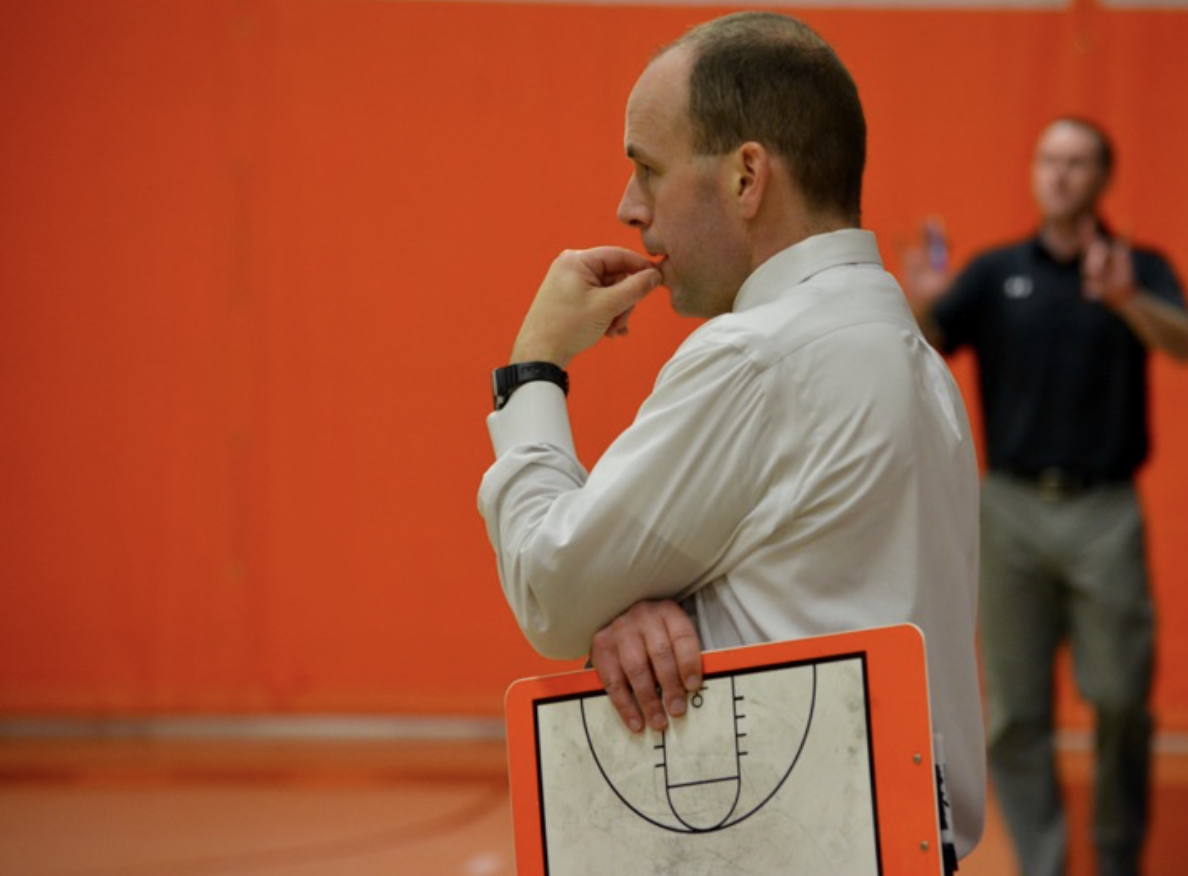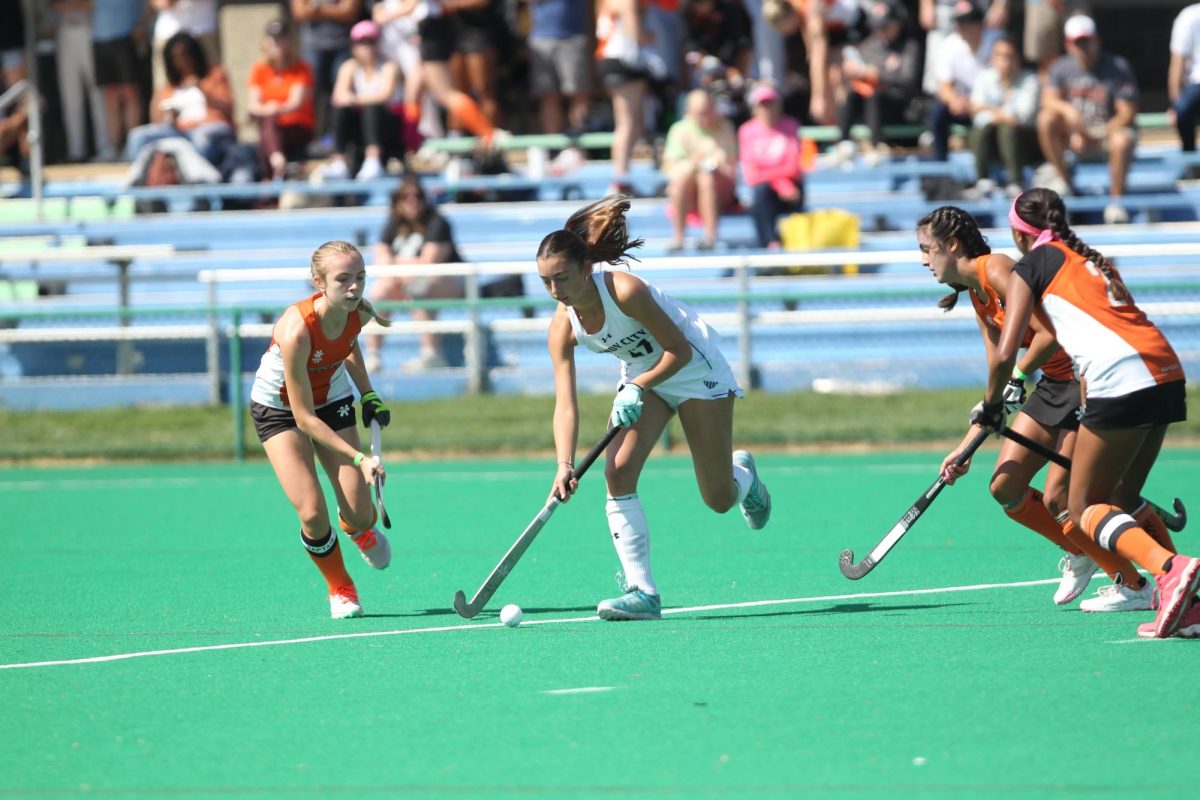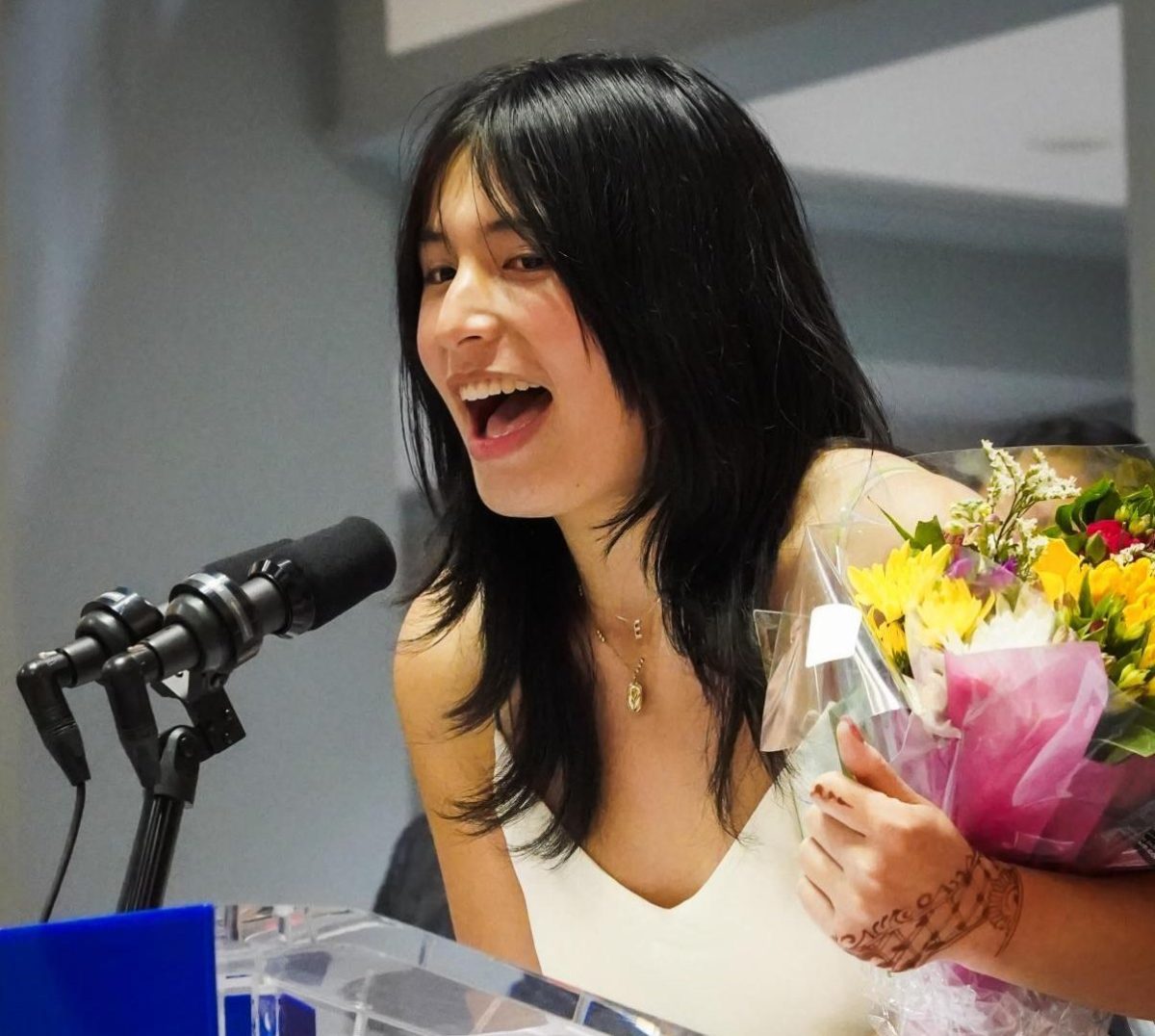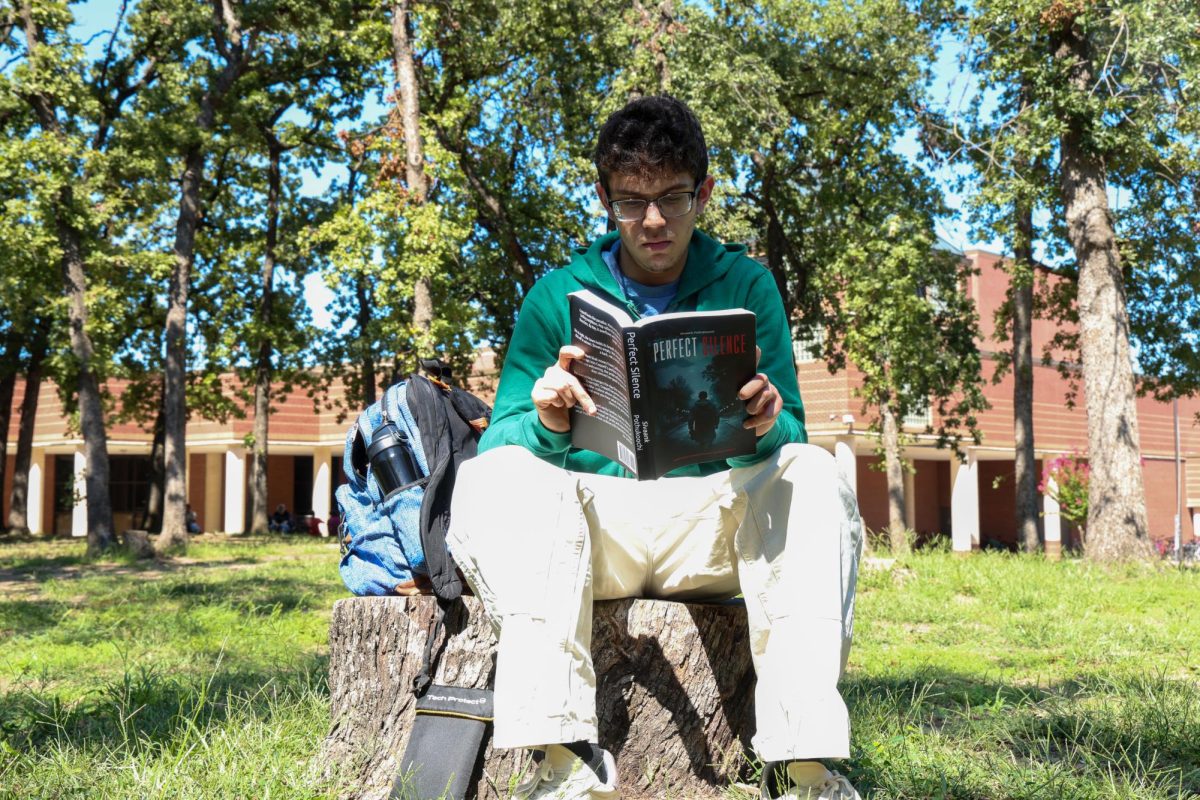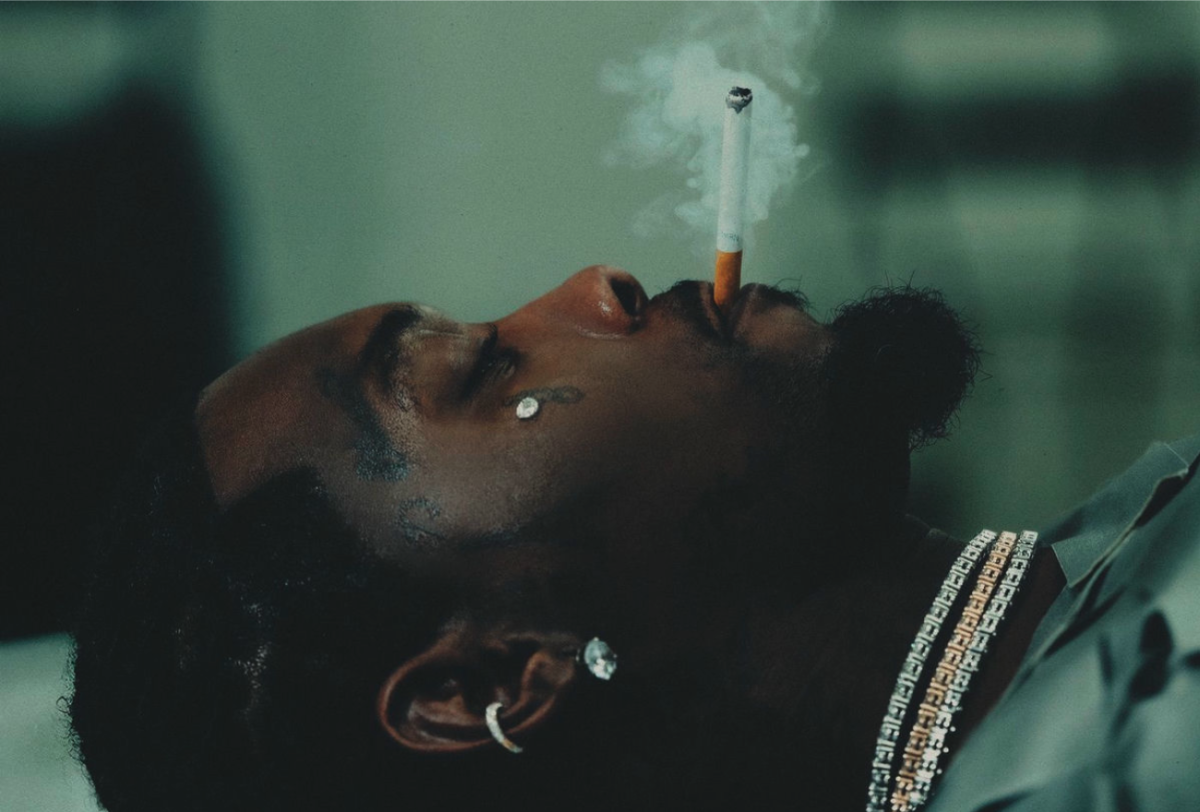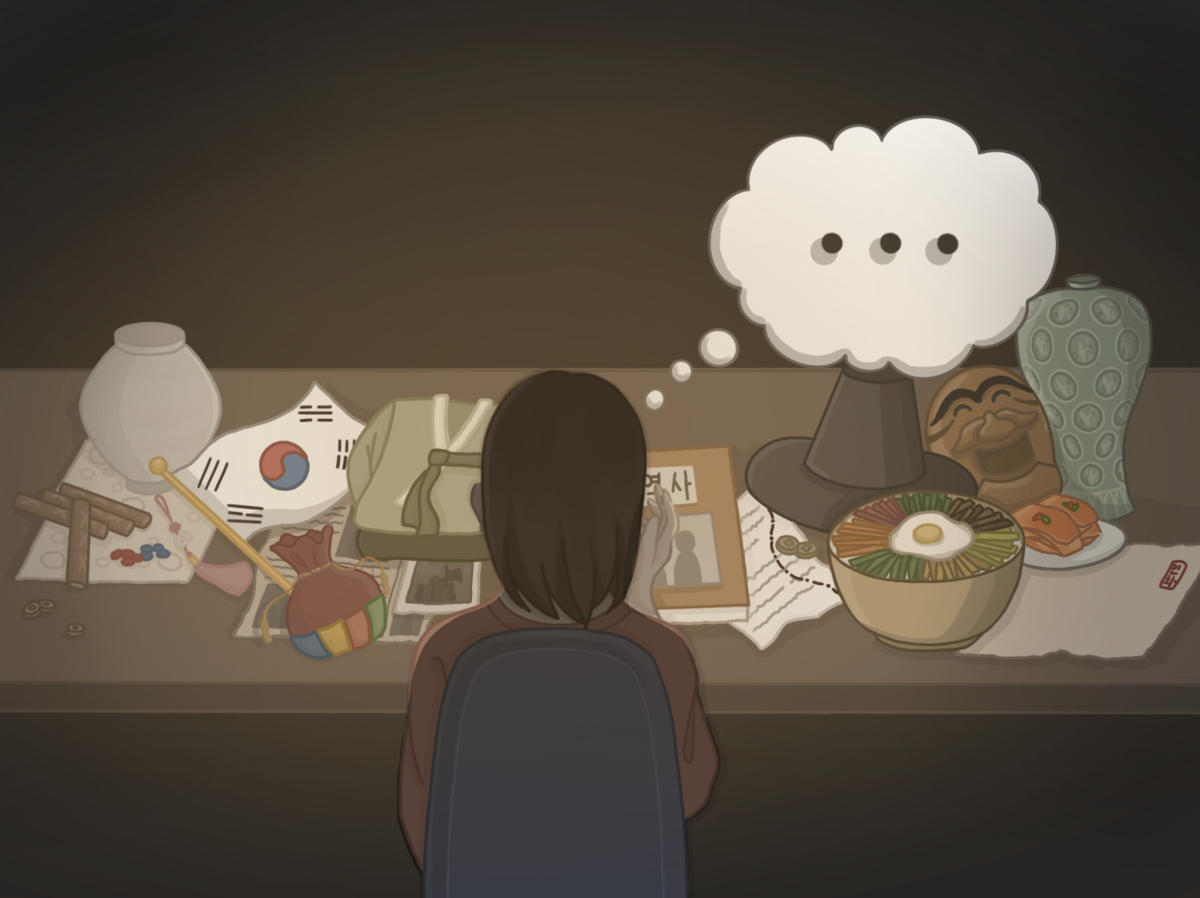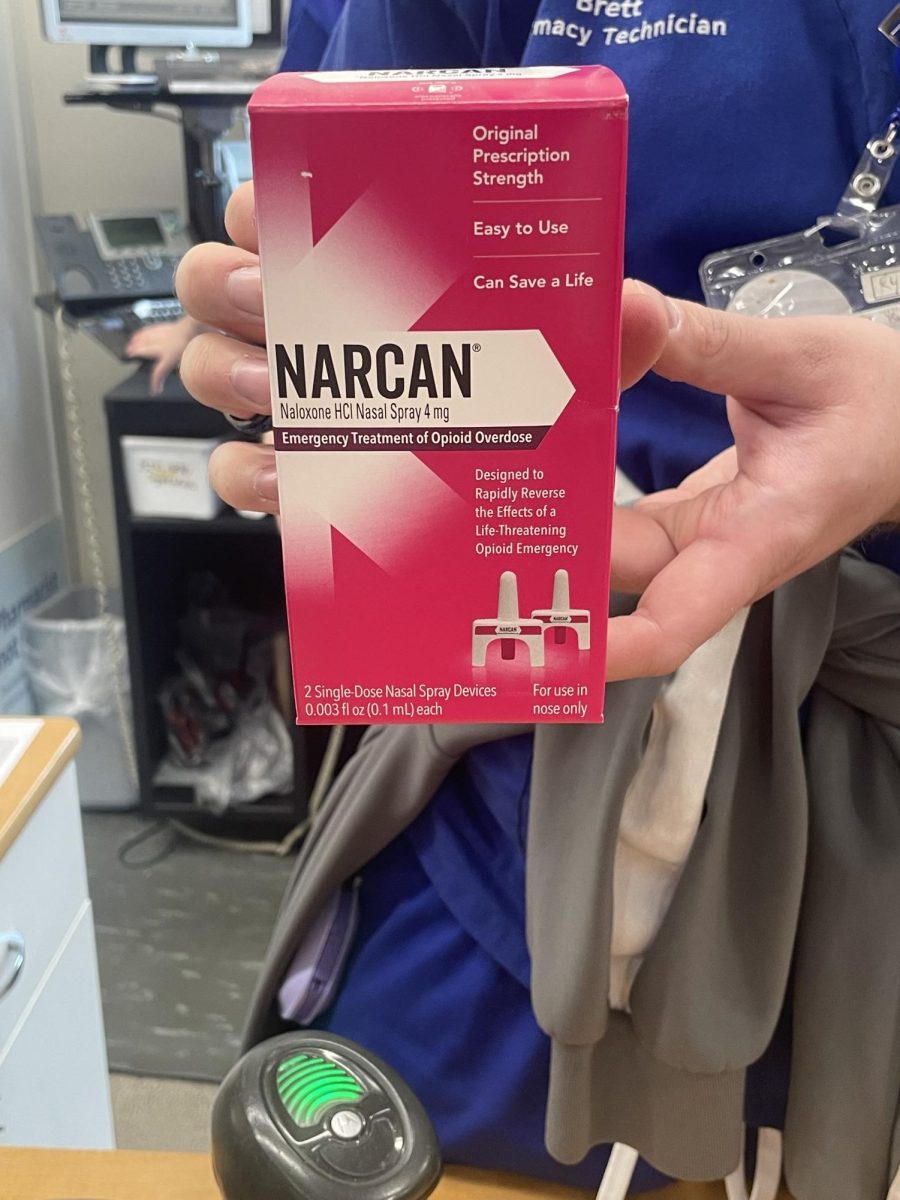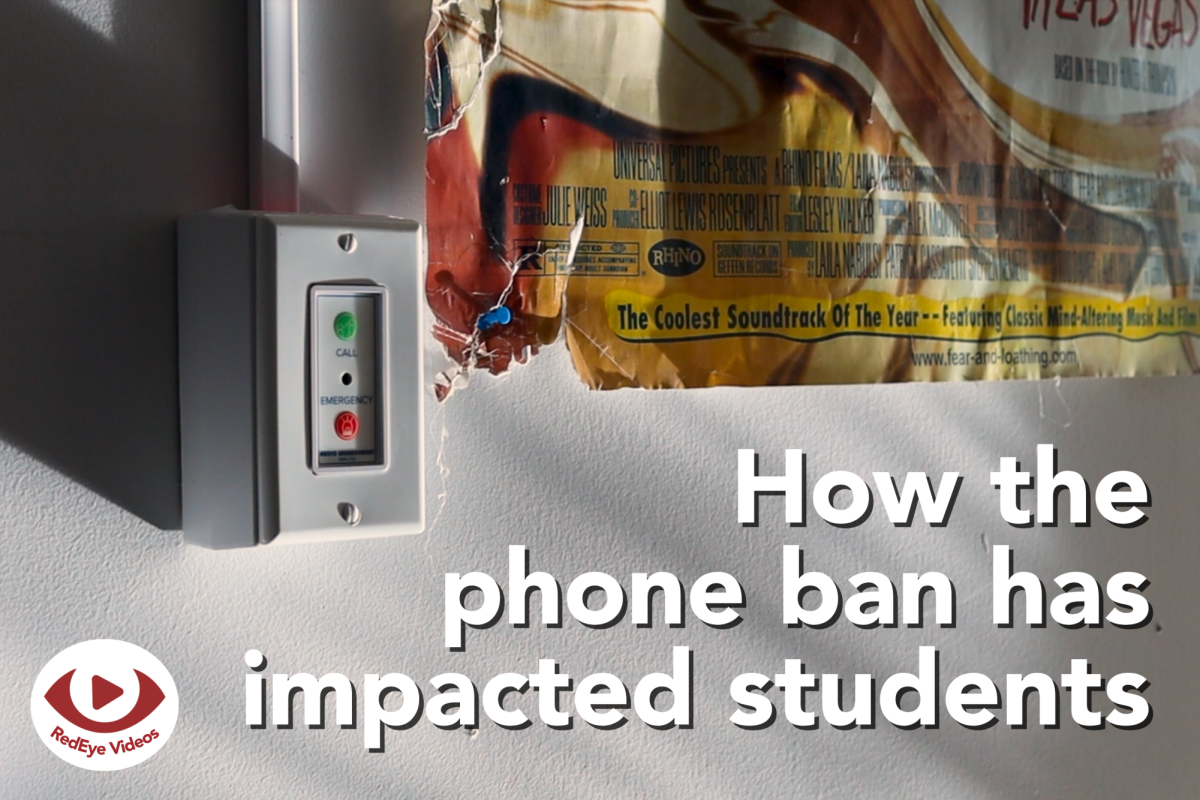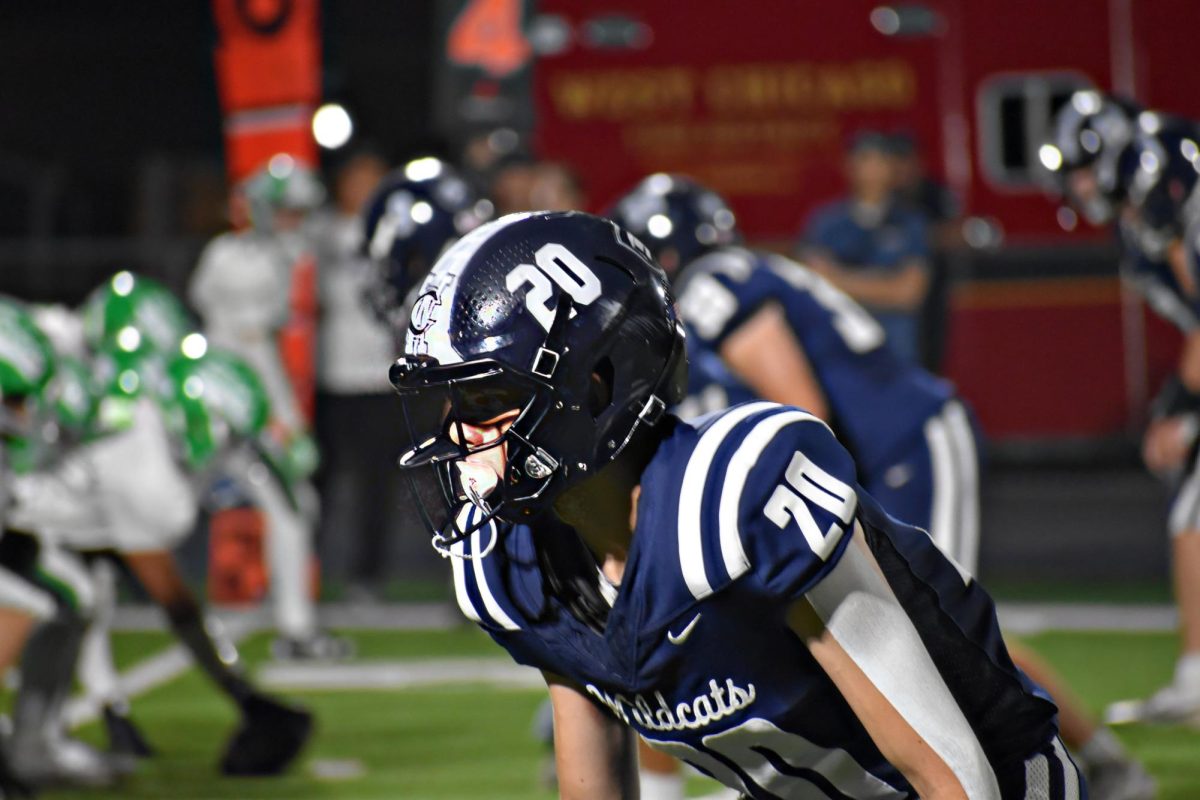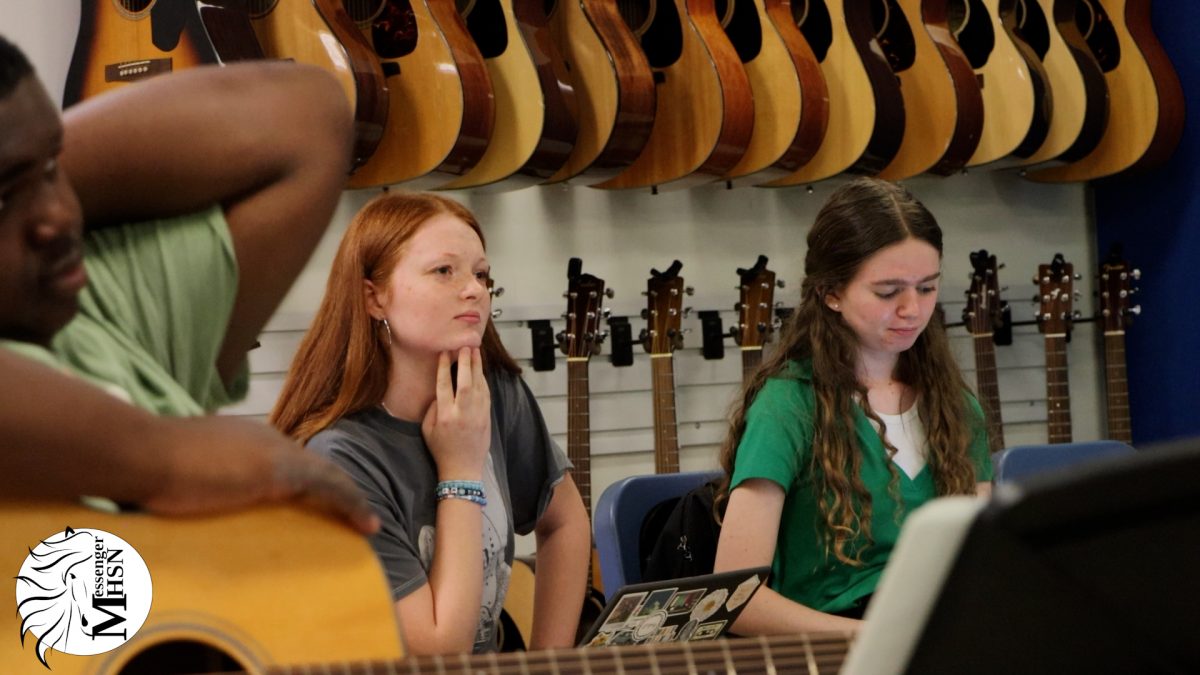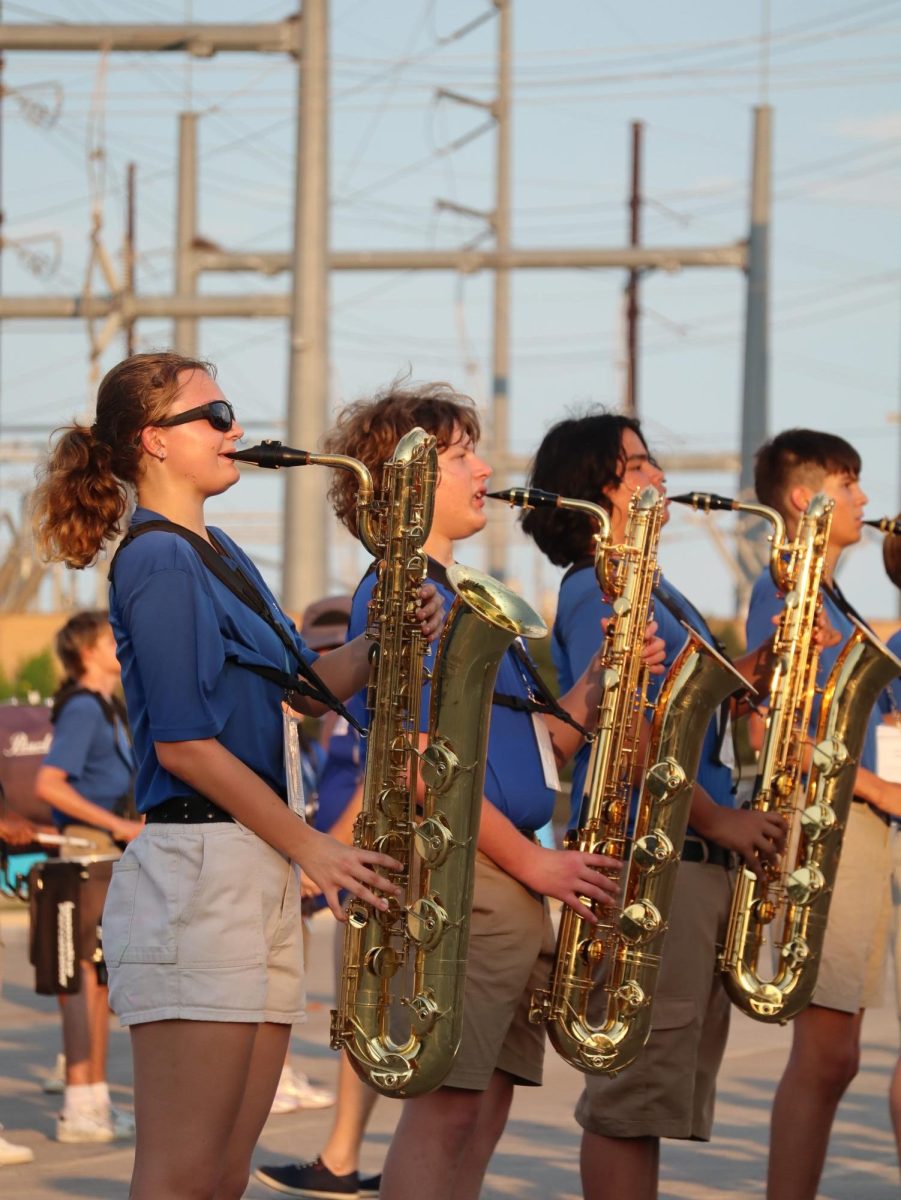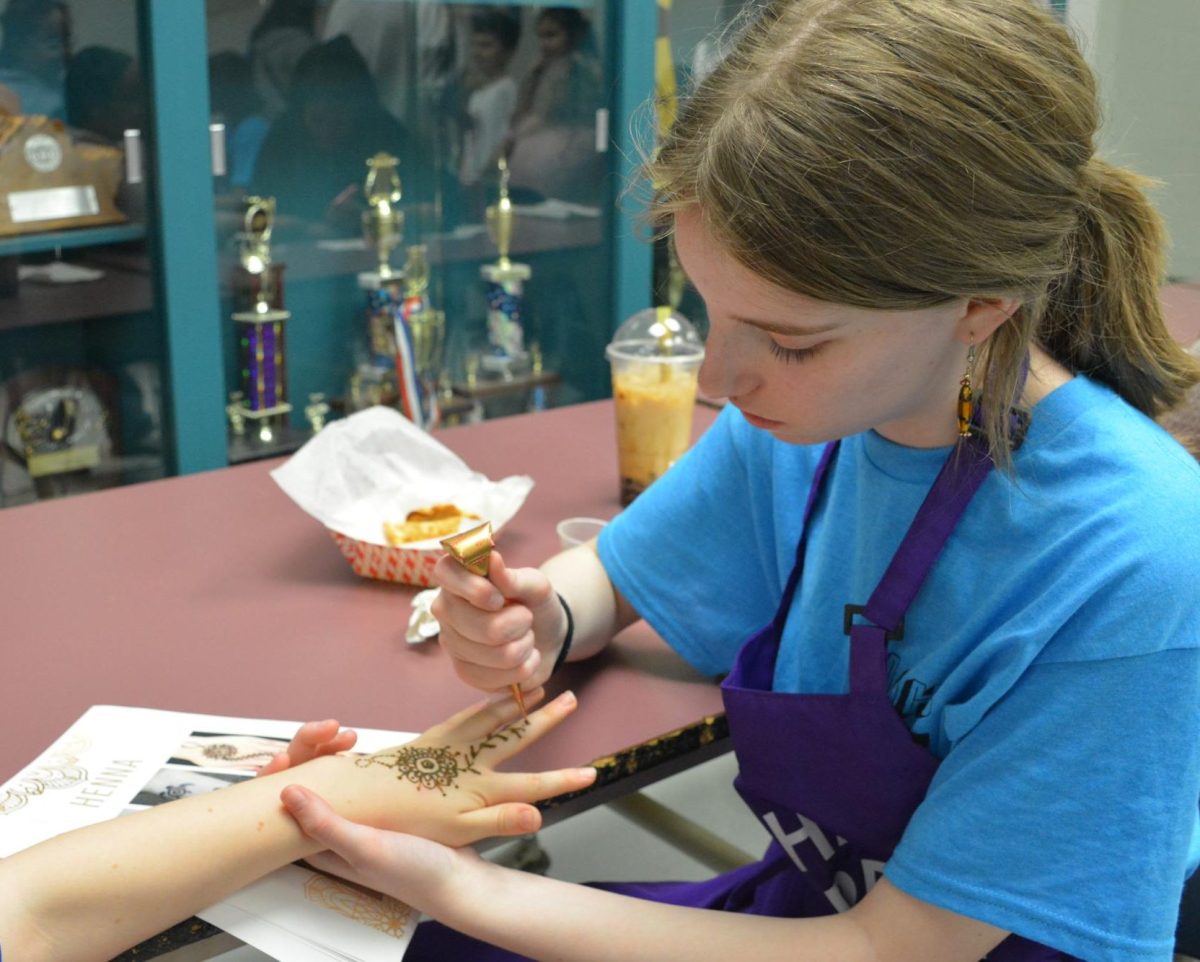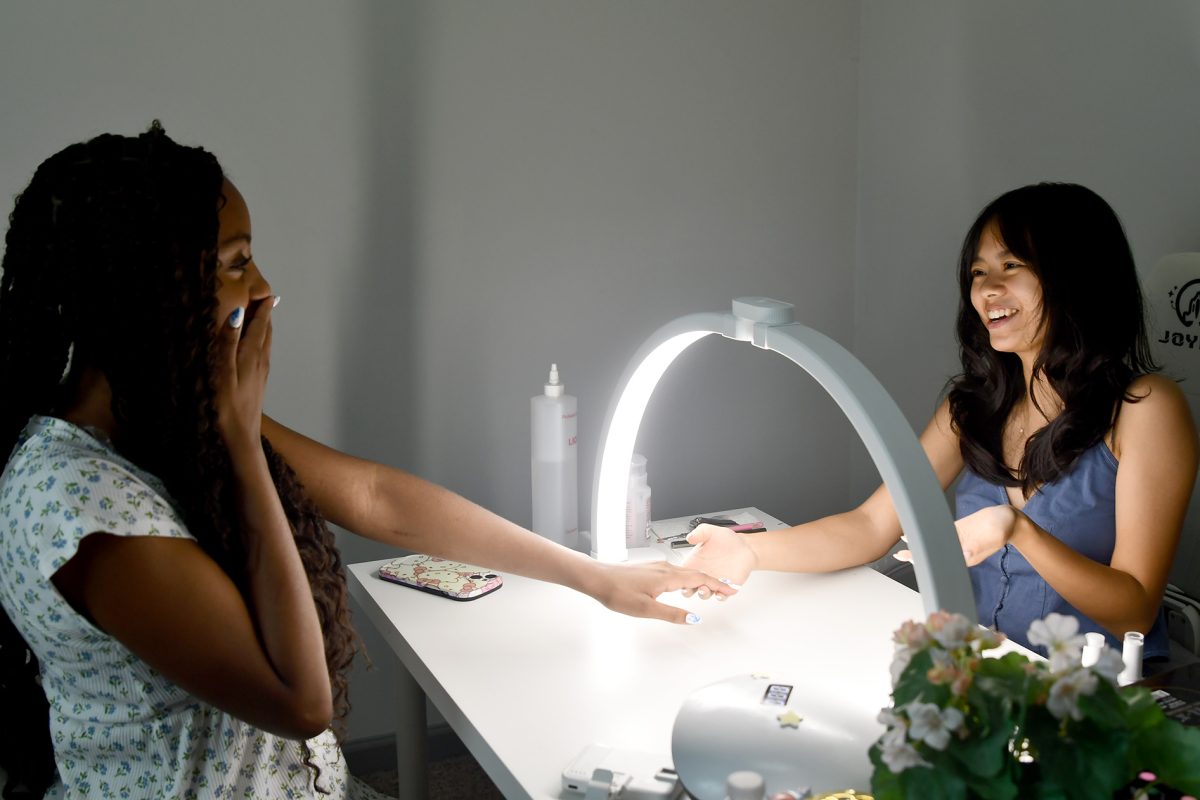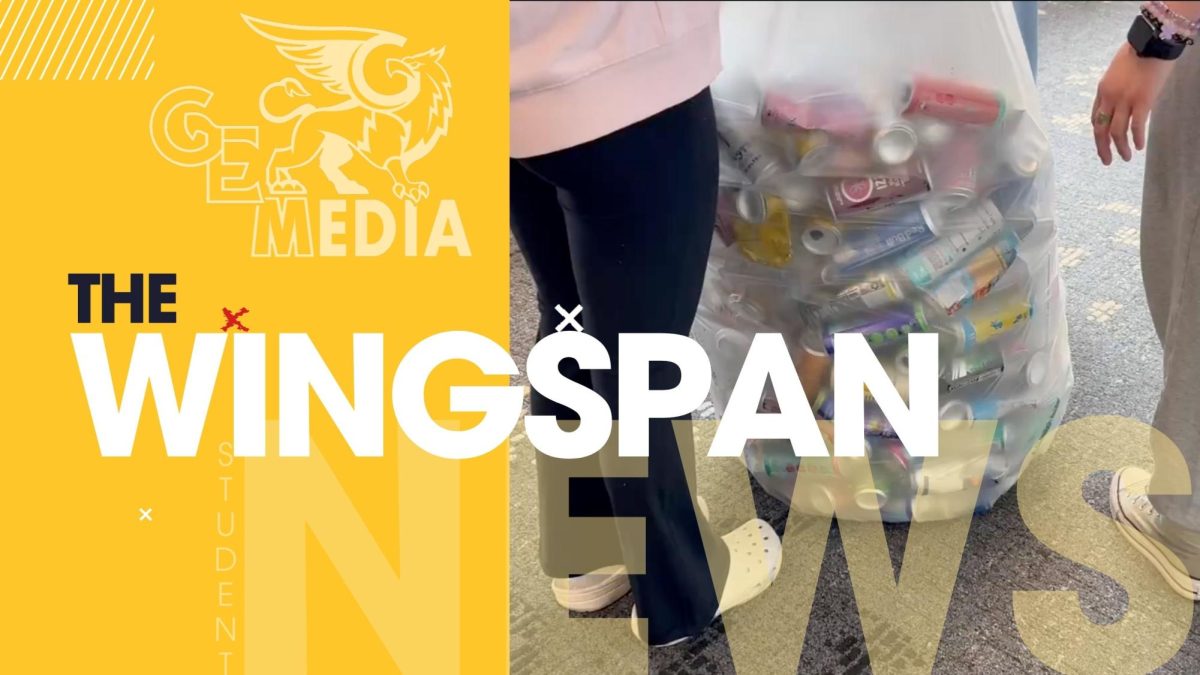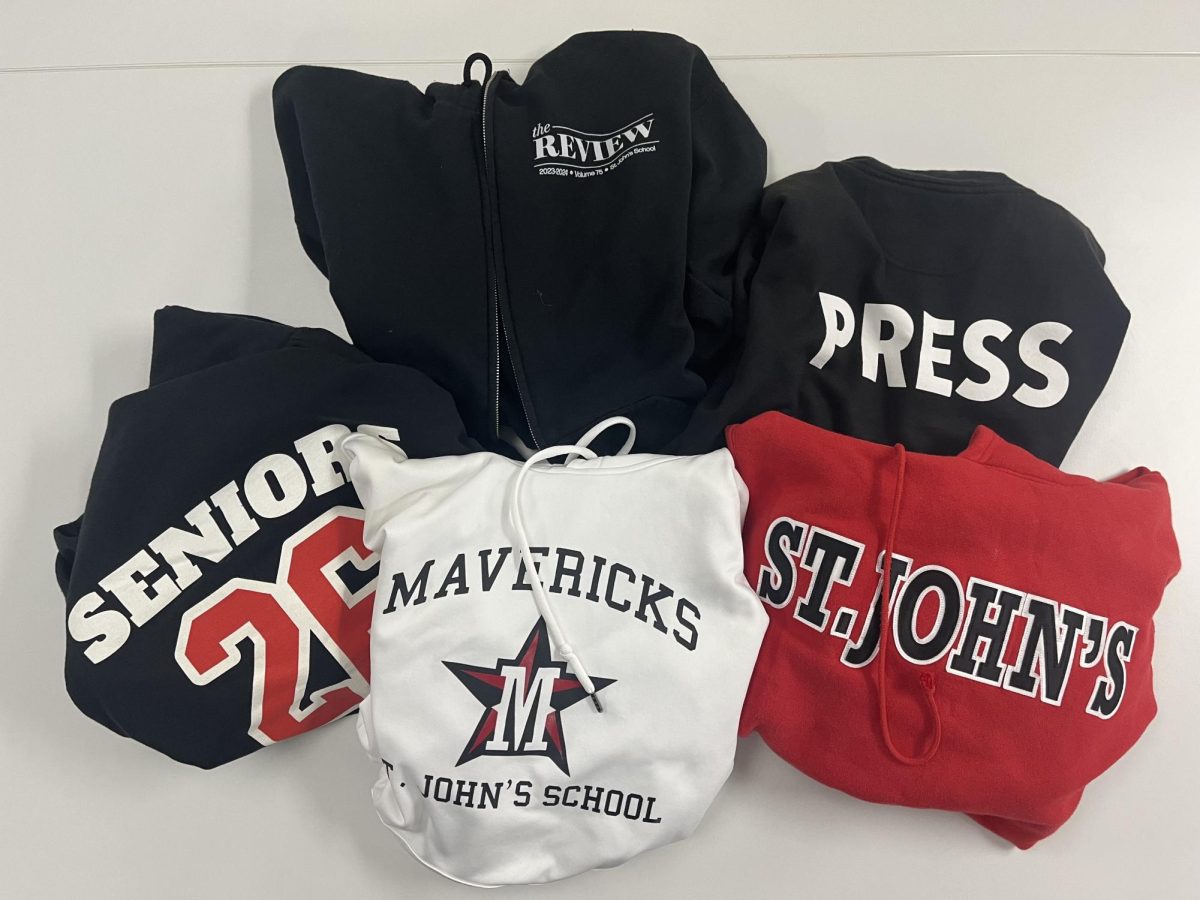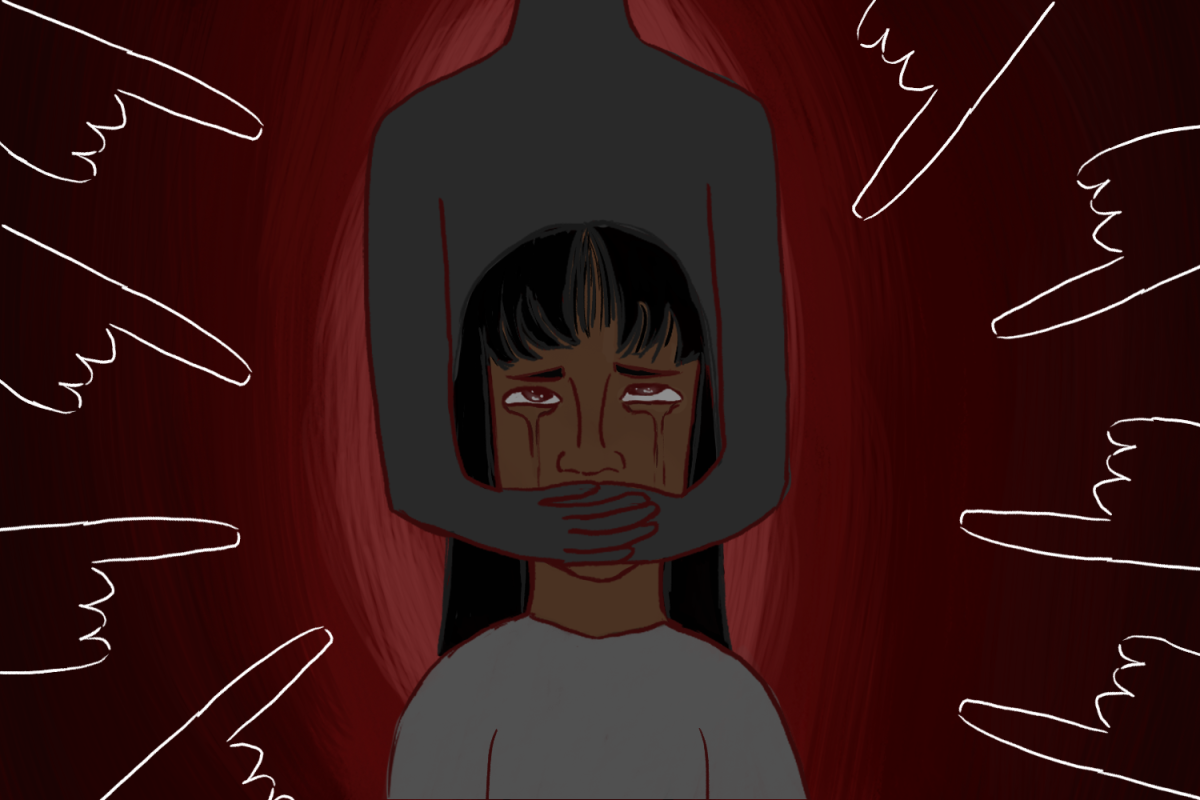As students return to campus for the new school year, a classic defense against the frigid AC in the classrooms returns with them: sweatshirts. Everywhere, students advertise their clubs, teams and the School in a sea of outerwear that varies from bright white quarter-zips to loose black hoodies.
Assistant Dean of Students Lori Fryman and Upper School Registrar/Administrative Assistant Becky Leakey both have a hand in the creation of club sweatshirts. Fryman coordinates with clubs, and Leakey arranges the ordering and payment part of the process.
According to the administrators, smaller orders are more expensive because companies offer quantity discounts. While the administration helps students place orders, club members shoulder the cost.
“I wouldn’t make a sweatshirt right off the bat if you’re a new club,” Fryman said. “I tell them, why don’t you wait a semester, build up your membership base and then order sweatshirts when you have 20 or 30 people.”
Clubs have wiggle room when it comes to their sweatshirt design. The School’s vendor for sweatshirts, Custom Ink, allows for a multitude of materials, styles, and colors.
“Custom Ink has been our go-to because they can provide custom sweatshirts of any kind, embroidery, screen printing, and more in a relatively quick amount of time,” said Leakey.
As an added bonus, Custom Ink’s minimum order size is smaller than other, less widespread companies.
Yet there are limits to how clubs design their sweatshirts. Most clubs can only use red, black, white and grey colors. Affinity groups often have more leeway—the Black Student Union, Latinos Unidos and Women Helping Empower Each Other all may use extra colors in their sweatshirts, such as WHEE’s signature pink.
Some involved in student clubs, however, would like to see more freedom given to designers.
“Personally, I do art club,” senior Khoi Chu said. “We’re still limited as to our colors. We’re supposed to be the creative club, but we’re constrained.’”
The administration is also concerned with the sheer volume of sweatshirts that clubs order every year. Some clubs overestimate demand, and some sweatshirts are ordered by students and simply never picked up. While the School has in the past donated the sweatshirts to CommServe, the former program no longer exists, and the administration has been left with an issue without a clear solution.
“From a security standpoint, if we give a St. John’s sweatshirt to Goodwill, somebody could buy that sweatshirt, put it on, come through these gates, and look like they belong here,” Fryman said.
Sweatshirts have been around for years, but their variety and especially their prevalence in the School’s culture are unique. Although sweatshirt popularity could be due to cold classrooms or students wanting to hide a missing belt or untucked shirt, they allow students a form of self-expression.
“It’s individuality,” Chu said. “We see the same navy and khaki day after day. It’s very monotonous. People just want to have some style, and sweatshirts bring that.”
This story was originally published on The Review on September 14, 2025.

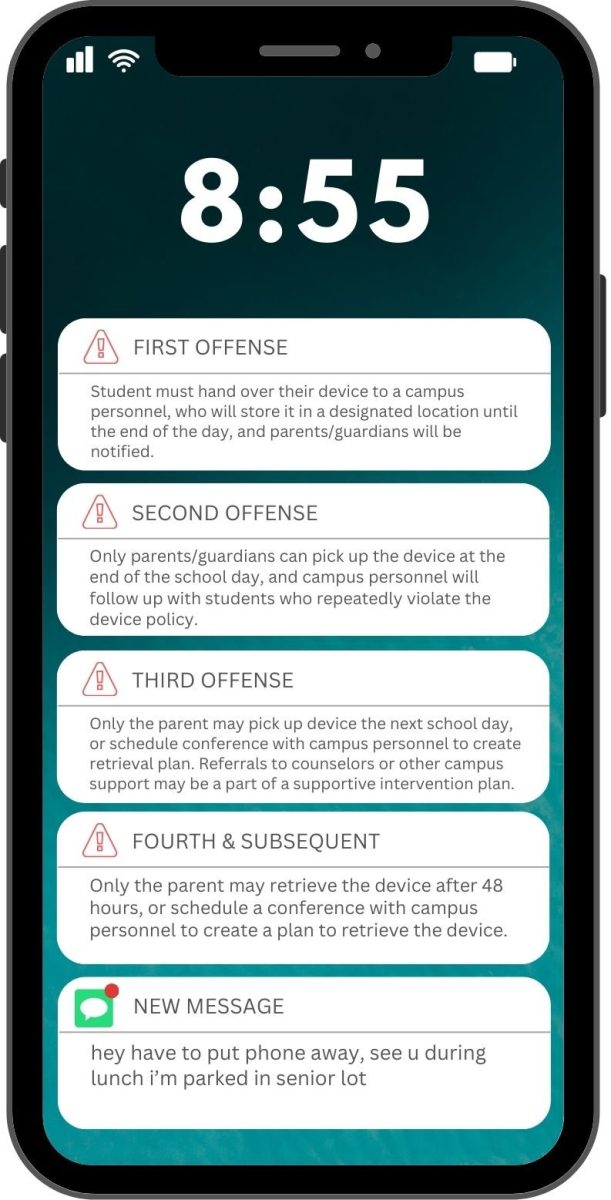
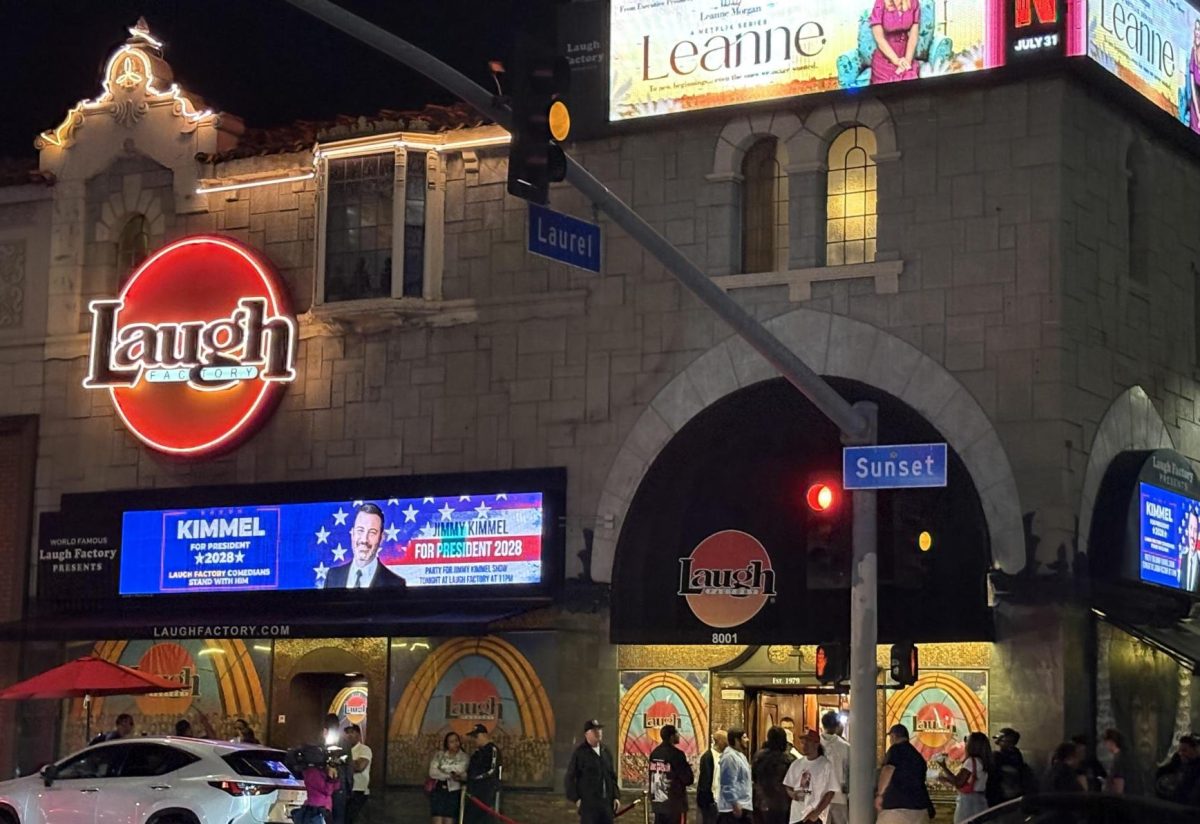
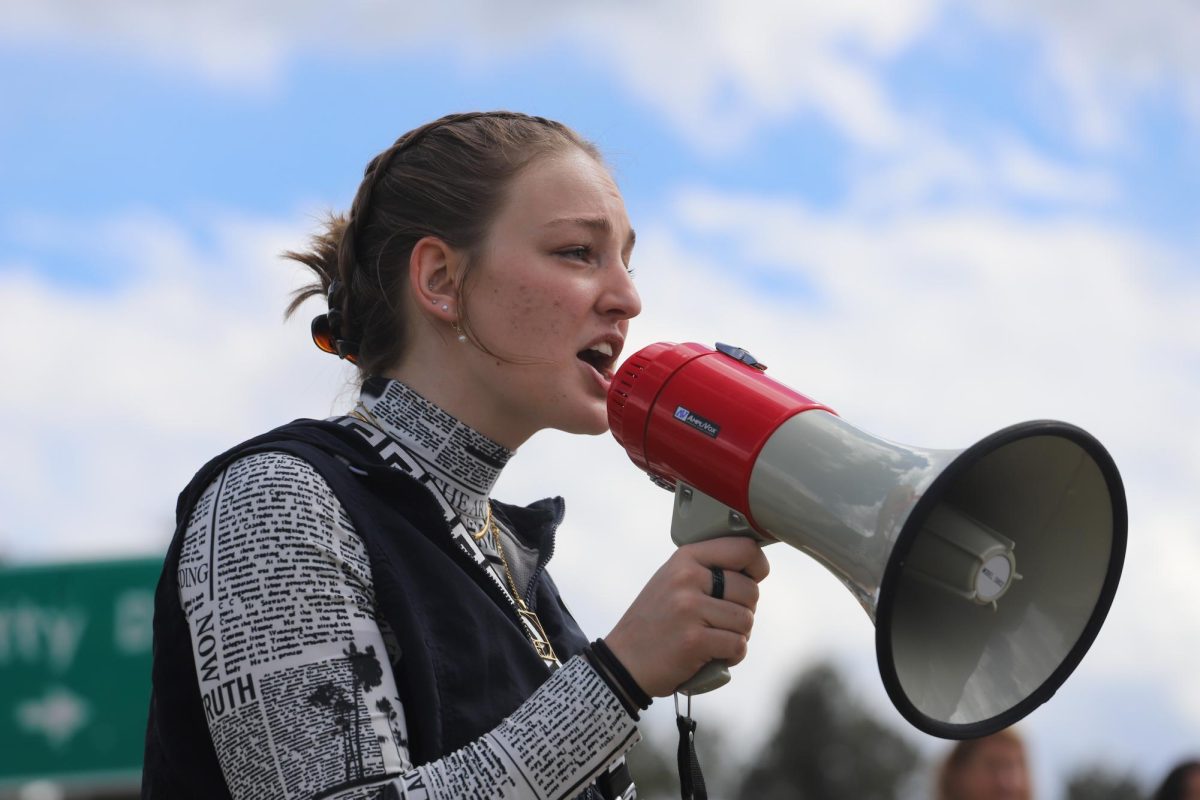
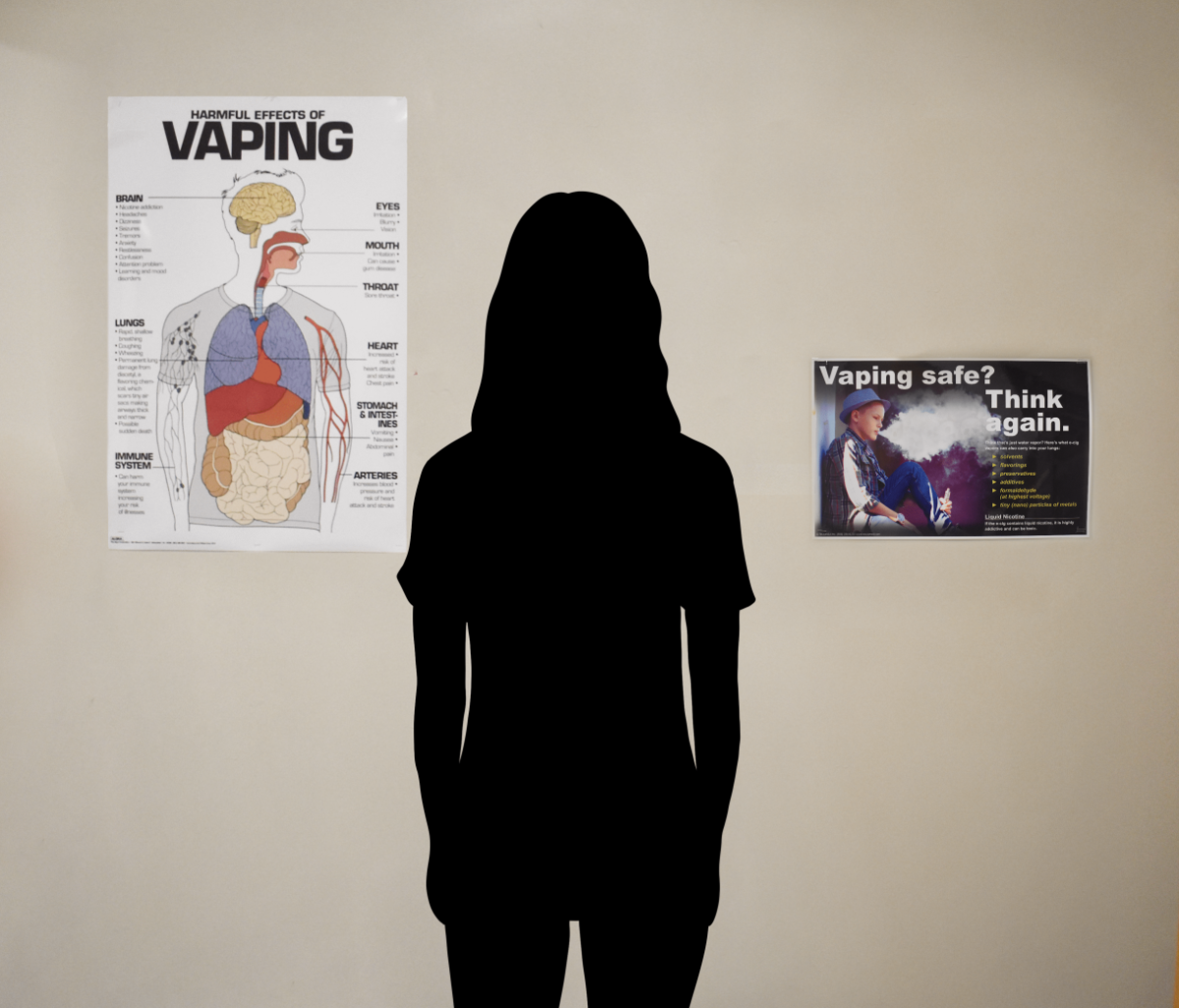

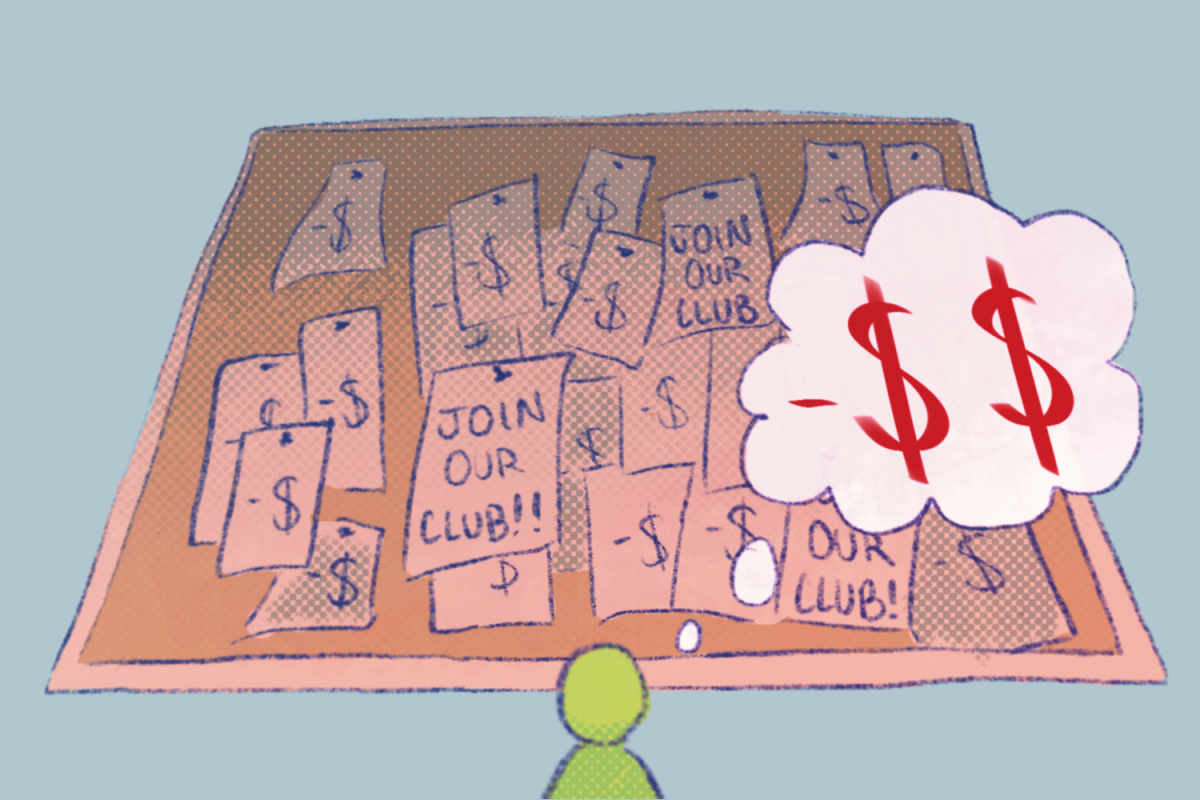
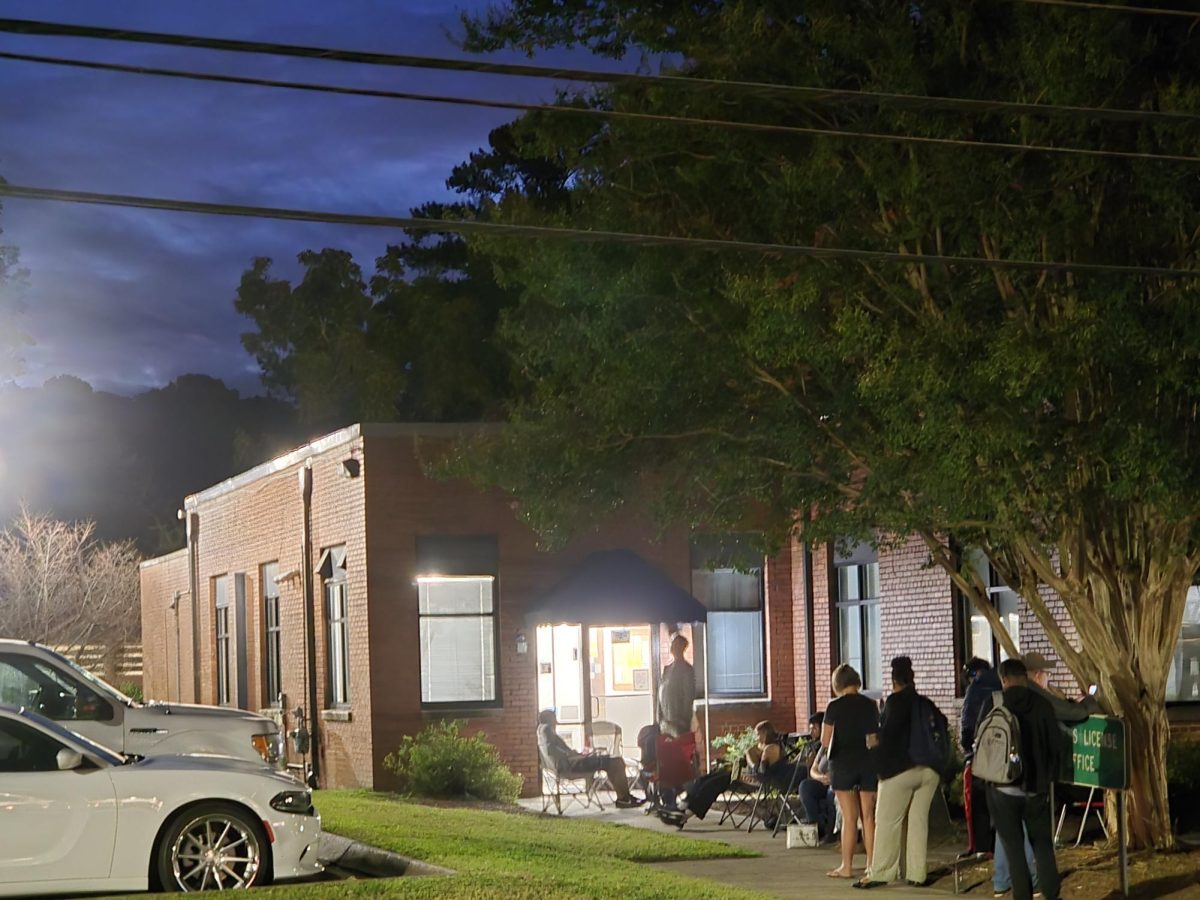


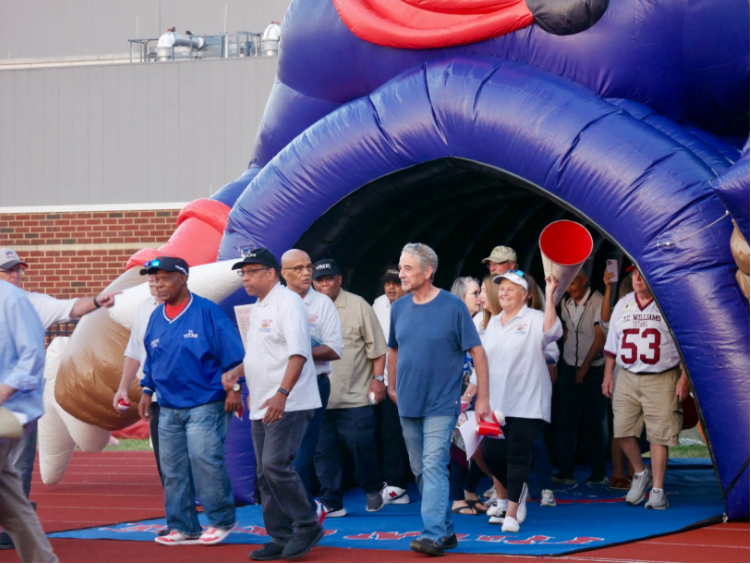
![SETTING THE STANDARD: Mater Dei High School and Playfly Sports announced its historic media partnership in the spring of 2025. As Mater Dei Athletics continues to achieve new heights, Playfly will introduce new partnerships and sponsors for these programs. With the added revenue and resources, Mater Dei can improve the high school experience for all students, while engaging the community in a showcase of Monarch pride. “[This partnership is designed] to increase the experience that our athletes and our non-student athletes have with the [athletic] programs,” Melvin said. “School spirit, engagement, and pride are all things we [keep in mind].” Photo taken by Kenzington Ragge.](https://bestofsno.com/wp-content/uploads/2025/09/IMG_0237.jpeg)
